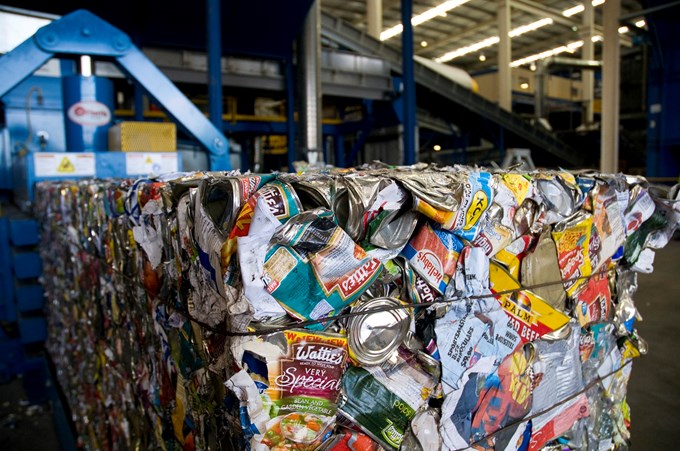Wishcycling – chucking something in the recycling bin and hoping it will be recycled – is a bigger problem than most people realise.
However, chair of the Environment and Climate Change Committee Richard Hills knows that people want to do the right thing.
“80 per cent of Aucklanders surveyed told us that they believe that the responsibility for the environment lies with all of us.
“Right now Tāmaki Makaurau is in a better position than most other regions because we kept up our kerbside services throughout the lockdown. Even with the COVID-19 market disruptions, we are still recycling 96 per cent of materials including steel, glass, paper and most plastics.
“We can still do better. A little extra effort goes a long way and there are significant environmental and financial benefits for us if we improve the quality of our recycling.”
Contaminated recycling cost Aucklanders $420,000 last financial year. If Aucklanders reduced kerbside recycling contamination by just one per cent, we would save $116,000. These are the extra costs involved in having to handle, sort, and dispose of materials that households wrongly put in their recycling bin. When contamination exceeds 12 per cent (last FY it was 12.4 per cent), we pay a penalty to the processors for the additional work involved in disposing of this rubbish.
To find out if you are recycling right, you can play Auckland Council’s online game, use the Binny chat app, or search by material with this Auckland Council search tool.
Dangers of recycling wrong
Contaminants can sometimes go undetected in the sorting process, particularly soft plastic bags. When these contaminants end up in the bales of mixed plastic or mixed paper and cardboard, it reduces the value of the materials. Soft plastics also jam up the sorting machines, making them a health and safety risk. These materials can be dropped off for free at retail shops to be made into new local products.
Hazardous waste including gas cooker aerosol canisters, gas cylinders, and batteries are an explosion waiting to happen, yet people still put them in their kerbside bins. There is a significant chance of a fire occurring when hazardous items are crushed by the truck’s compactor. Recycling truck blazes endanger truck drivers, passing pedestrians, nearby vehicles, and responding fire and emergency service workers. Learn how to dispose of hazardous waste properly to keep yourself and others safe.
Empty, Rinse, Sort
74 per cent of Aucklanders surveyed say that recycling household waste is worth the effort.
There are three simple things you can do to make sure your recyclable materials are made into new products.
Empty out containers. That little bit of food or drink can be a major factor in contamination of paper recycling, as leftover liquids spill in the bin. Pizza boxes are recyclable, but not with pizza crusts left inside. Loose lids in the recycling are often too small to be detected by the optical sorters and end up going to landfill. Keep them on your plastic bottles or containers.
Rinse out all containers. Dirty containers are not recyclable. Take 10 seconds to get the leftover yoghurt or hummus out of the jar. Check your cans to make sure there’s no food left on the bottom.
Sort your waste carefully to make sure the right recyclable containers from the kitchen, bathroom and laundry go in the recycling bin. If you are recycling a cereal box, make sure you have removed the soft plastic bag inside. Takeaway coffee cups are most certainly not recyclable (the paper is usually coated in a plastic wax), so please remember to always put them in the rubbish bin or bring your reusable cup to the café instead.
Refusing is better than recycling
Prevention is better than cure. As a council, we are committed to the vision of moving away from a throwaway culture and encouraging everyone to avoid single-use products as much as possible. Manufacturers have a responsibility for product stewardship to reduce single-use packaging and to avoid hard to recycle plastics.
Glass is the only recyclable material that New Zealand has the capacity to process here. In addition to product stewardship, Auckland Council strongly advocates for better on-shore recycling in New Zealand.
The recent requirement to landfill some of our plastics highlights the urgency for Kiwis to be able to deal with our recycling onshore, instead of relying on other countries. To meet our waste objectives, we must move together towards a circular economy with more sustainable choices.


